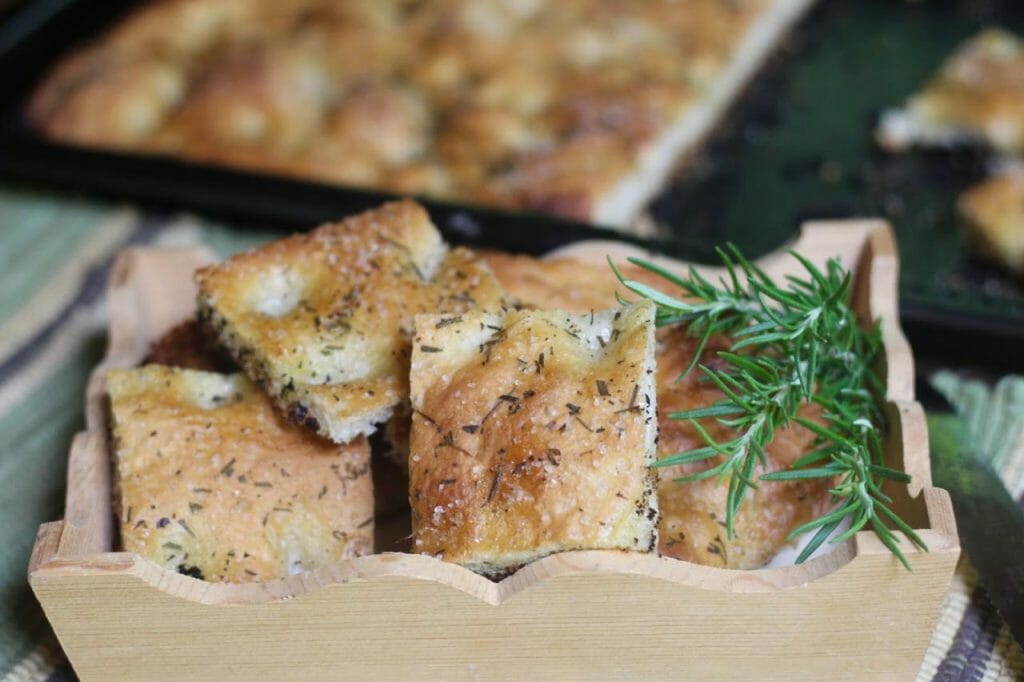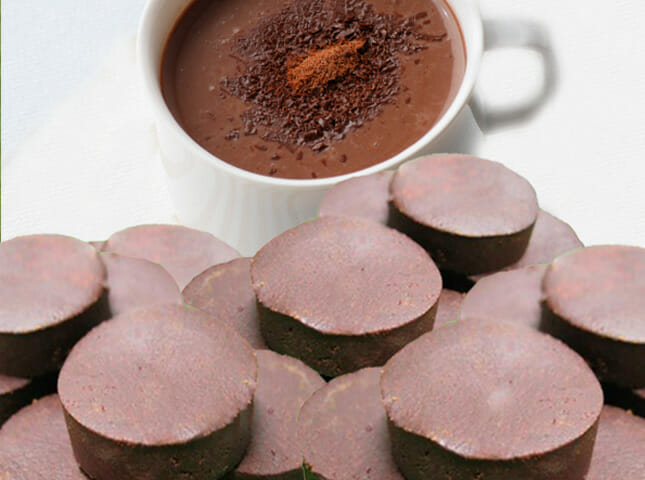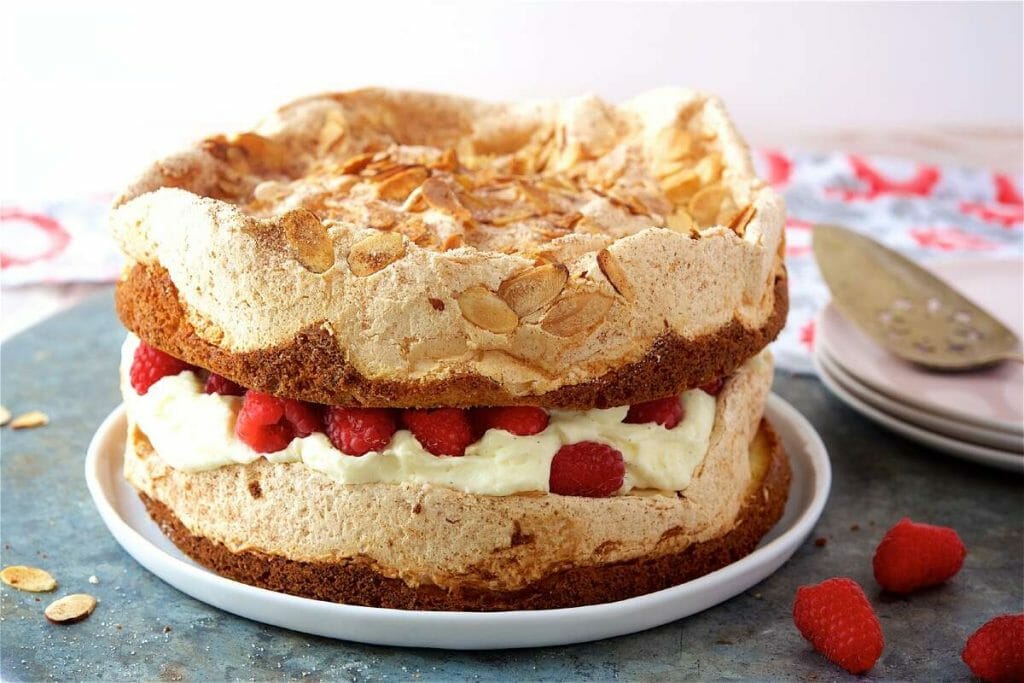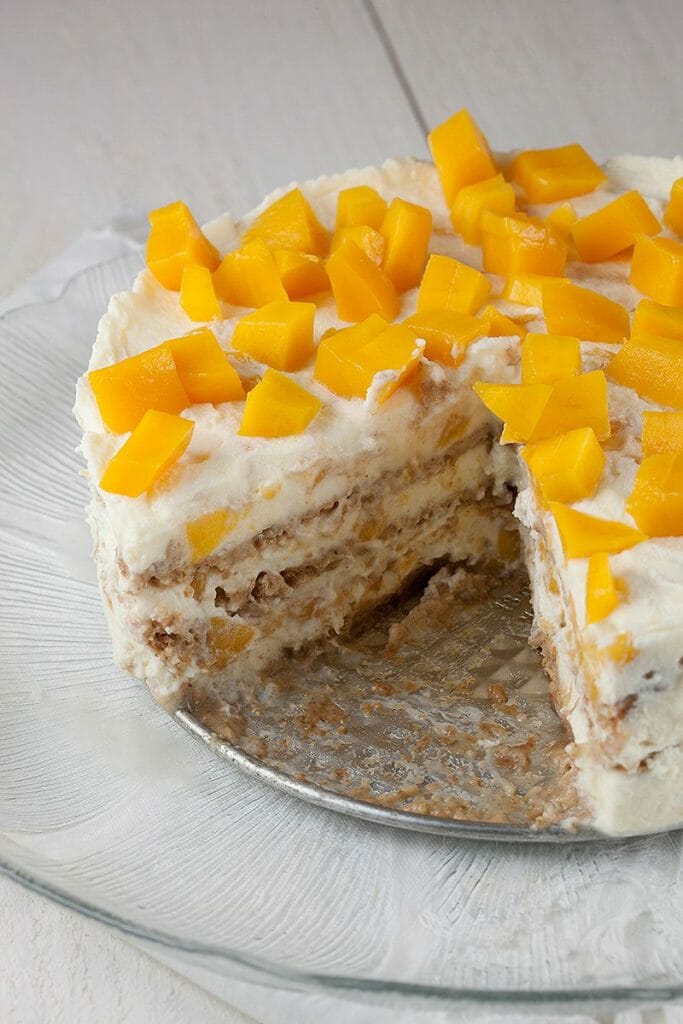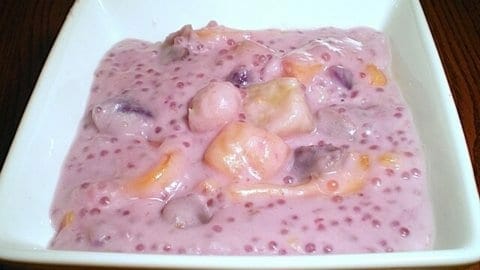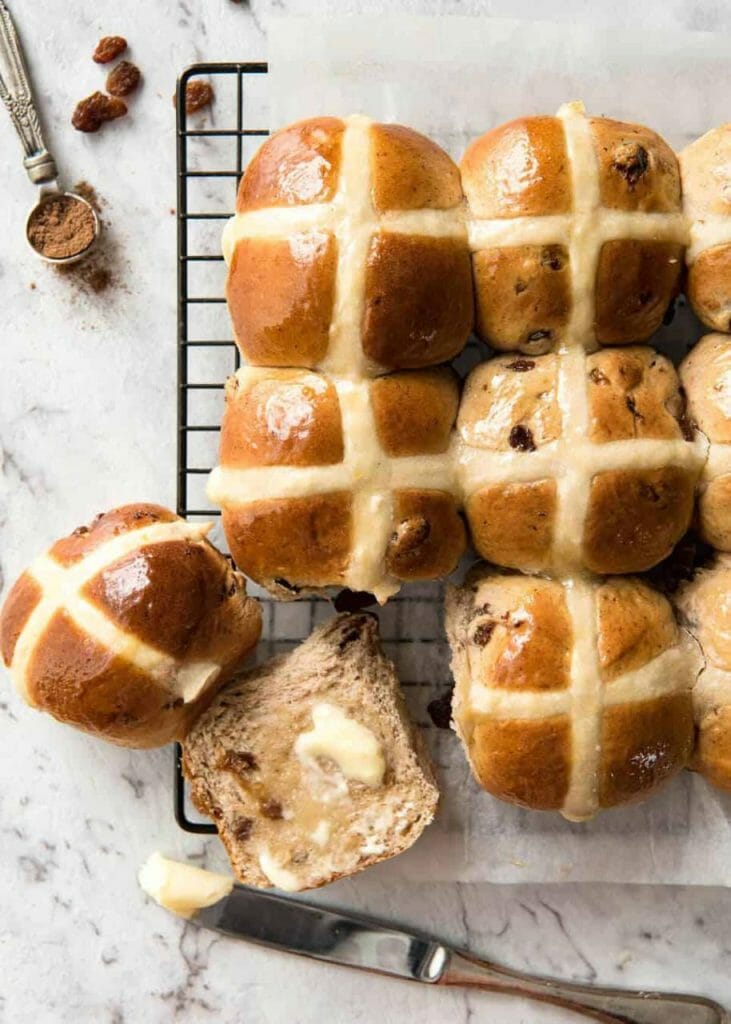Yes! I’m alive! And back with August’s Bakealong Challenge: Golden Foccacia.
Ok, first off, I’d like to apologize for not posting anything for some time now. I’ve been busy (again) with work and kinda fell off the inspiration wagon along the way. I’ve been active in Instagram though, so you can follow me there @gobblethecook to see what I’ve been up to recently.
Now, moving on to the important stuff. The August Bakealong challenge was to make this classic Italian golden foccacias. I’ve never made foccacias before since I prefer to bake the softer Asian breads that I grew up with. Nevertheless, it was with great enthusiasm that I tackled this latest challenge.
The recipe called for making biga the day before. What’s a biga, you may ask. Well, biga is a common pre-ferment used in Italian breads. A pre-ferment is exactly what its name implies: a mixture of water, dough, and yeast that’s allowed to ferment way before the actual bread making happens.
Side note: I put a dash between the ‘pre’ and ‘ferment’ – else, it can also mean a promotion. But many sites do spell it out without the dash.
There are different types of pre-ferment which can range from being quite stiff to loose in texture. The composition of the mixture can also vary; some are made with salt, some have a different hydration ratio. Some common pre-ferments are poolish, sour dough, sponge (not the cake), and starters.
But why use pre-ferments (in this case, biga) in the first place? Due to the extended time that the yeast has spent fermenting, a pre-ferment improves the dough structure and enhances the taste of the bread.
Ok, so now that we have a quick overview of what pre-ferments are, let’s proceed to D-day. I prepped the pre-ferment the night before I was due to bake the golden foccacia. The recipe said to leave it out in room temperature for 14 hours, but I only managed to wait 12 hours as I was running on a tight schedule.
Foccacias, I quickly learned, were sticky and tricky to make. Ok, it might have to do with the fact hat I grabbed a different brand of flour from the pantry shelf. I know, I know, it’s supposed to be a King Arthur Flour Challenge but hey, I’m human and I mix up my flour bags sometimes. So, a word of advice to those using a different brand or kind of flour: it may not come out as expected in the recipe.
The lower protein percentage of the flour that I used may have greatly contributed to the sticky dough. I had a hard time forming it into a ball like in the King Arthur Flour’s bakealong page. It says that it should form into a soft, elastic dough after kneading for 5 minutes in a stand mixer. Well, I needed mine for way more than that and added a couple of tablespoons of flour and it still did not form into a ball.
I persevered with the sticky dough and let it rest for an hour until puffy (but still sticky! what gives?!). I was set to make a round and a square foccacia. So instead of the 18X13 half sheet pan listed, I oiled my 9-in round pan and my 8-in square pan.
Oh, this recipe calls for olive oil to be used in the dough, to prep the pans, and to top the dough before shoving these into the oven. You may want to stock up on the olive oil before making this.
After prepping the pans, I halved the dough and pressed and pulled it to fit the pans. The pans don’t need to be totally covered with the dough; it will fill those up after the 2nd rising. After leaving it to rise for half an hour, you gently press your finger onto the dough to create dimples on its surface. That’s where the olive oil will collect when we drizzle it later.
Here are the finished golden foccacias that I baked:
The round one was topped with rosemary, pitted olives, feta cheese (yum) and sprinkled liberally with ground pepper and salt.
Here’s the square one that I topped with sun dried tomatoes instead of olives. This one was mouthwatering when eaten with an olive oil-balsamic vinegar dip.
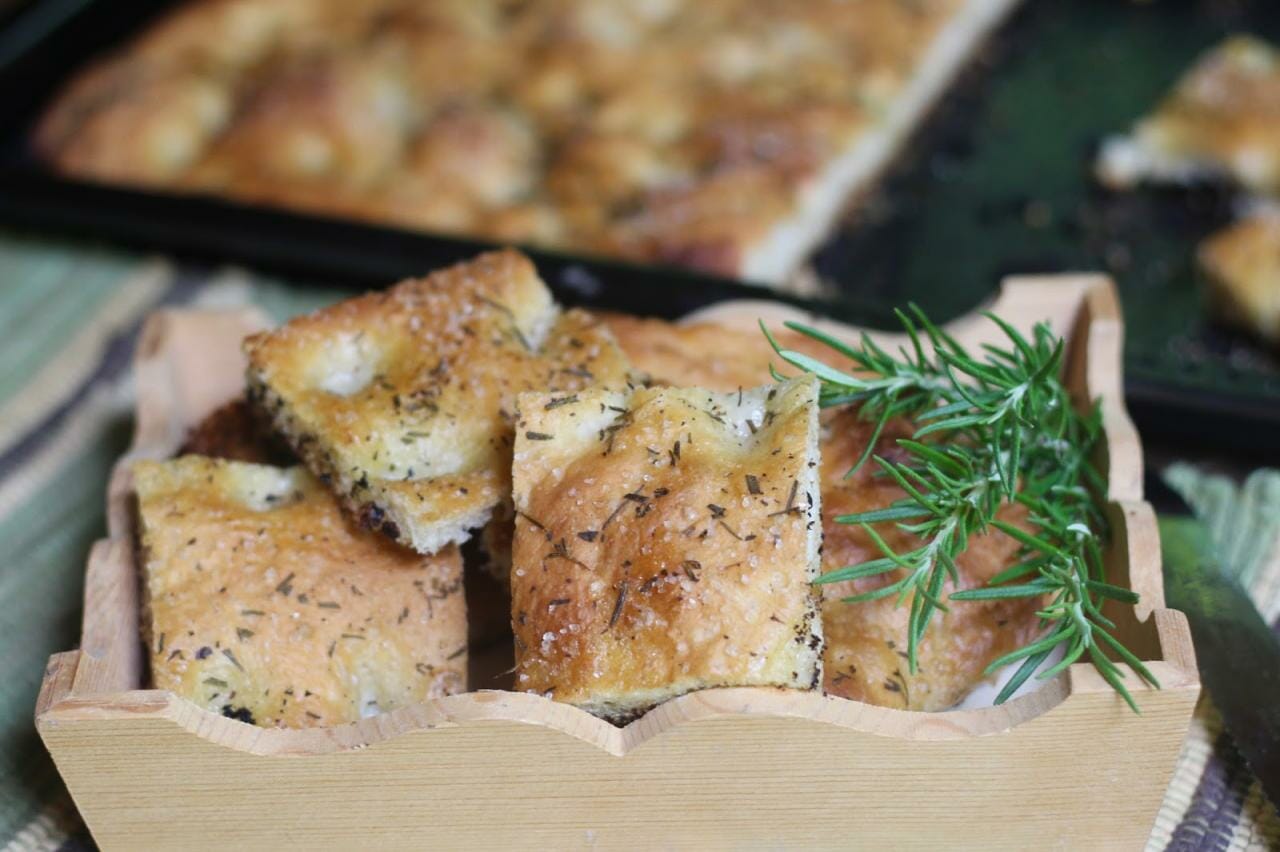
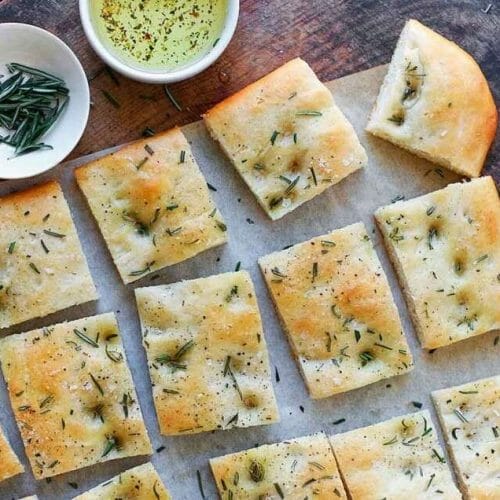
golden foccacia
Ingredients
For the starter:
- 120 ml 1/2 cup cool water
- 1/16 teaspoon instant yeast
- 120 grams 1 cup all purpose flour
For the dough:
- Starter from above
- 2 1/4 teaspoons instant yeast
- 120 ml 1/2 cup lukewarm water
- 240 grams 2 cups all purpose flour
- 1 1/4 teaspoons salt
- 2 tablespoons olive oil
For the topping:
- 2 tablespoons olive oil
- pitted olives
- sun dried tomatoes
- feta cheese
- dried rosemary few sprigs
- coarse salt
- coarsely ground pepper
Instructions
- To make the starter: Combine yeast and water, then add the flour while stirring until mixed. Starter will be paste like. Cover and set aside in room temperature for 14 hours. Starter will be bubbly.
- To make the dough: Combine the overnight starter with the other ingredients. Knead until dough is soft and elastic. Place the dough in a lightly greased pan and cover. Let it rest for an hour or until it is puffy.
- Prepare the pan(s) to be used for baking. Lightly grease the pan(s) and top with the olive oil. Set aside.
- Gently shape and pat the dough onto the pan all the way to the edges, about 1/2″ to 3/4″ thick. Cover and let it rest for 30 minutes.
- Lightly press your finger onto the surface of the dough to make irregular dimples. Press firmly until you can reach the bottom of the pan without tearing the dough. Cover and let rest for another hour, or until puffy.
- Preheat your oven to 425F/220C towards the end of the rising time.
- Spritz the foccacia with warm water and drizzle with the olive oil. Arrange the olives, feta cheese, and sun dried tomatoes on top of the foccacia. Top with dried rosemary and sprinkle salt and pepper liberally.
- Bake for 20-25 minutes, or until light golden brown. Remove from the oven and immediately remove from the pan to cool.
Video
Notes
Serve with an olive oil-balsamic vinegar dip.
Golden Foccacia – A Classic Italian Flatbread
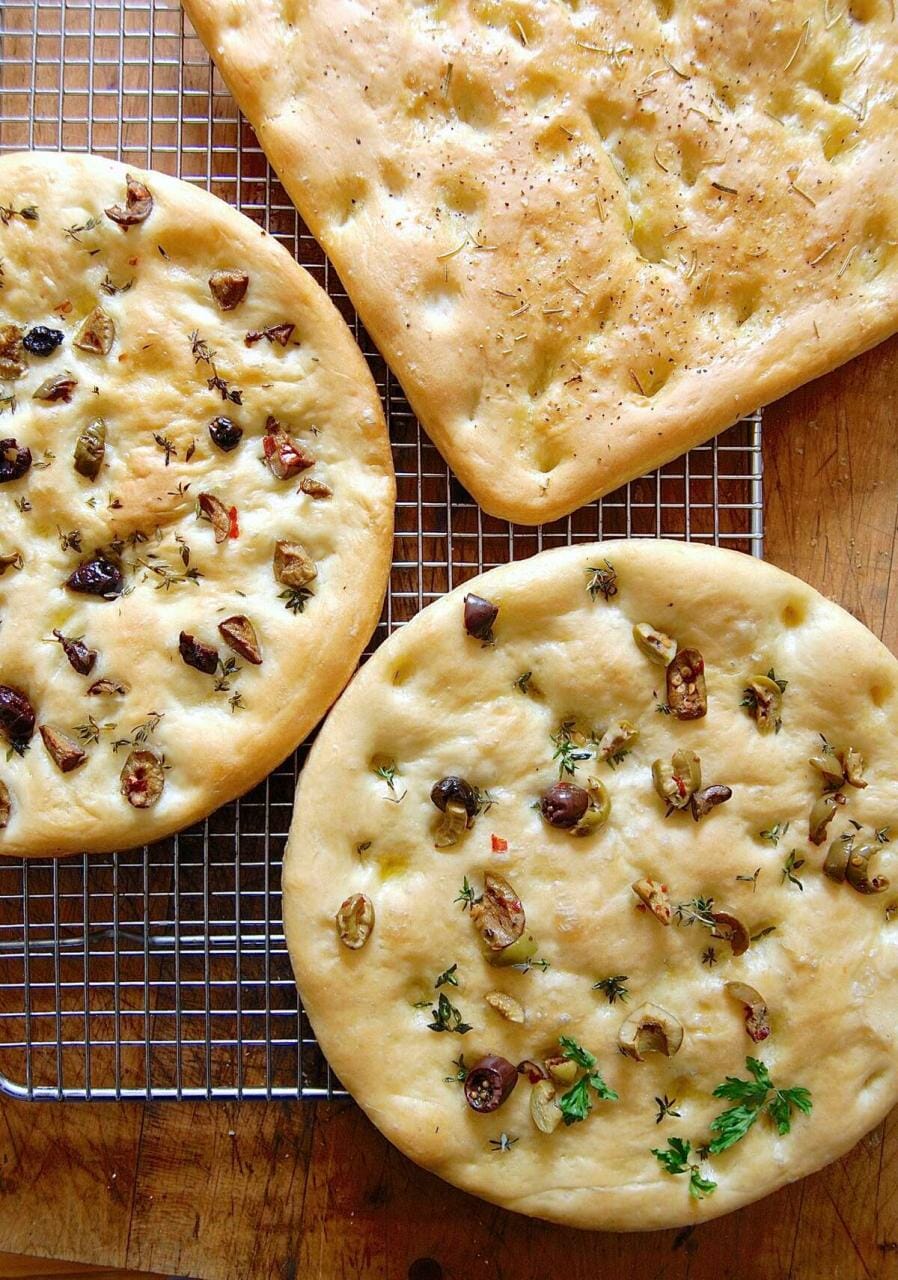
In this recipe, you’ll learn about the History of Foccacia, how to make the dough, and the right way to bake it. This Italian flatbread is one of my favorites. I’ve made it several times and it’s always been a hit with my guests. I’m happy to share my recipe with you. It’s easy, delicious, and so satisfying to eat. Here are the steps to make your own golden focaccia:
Recipe
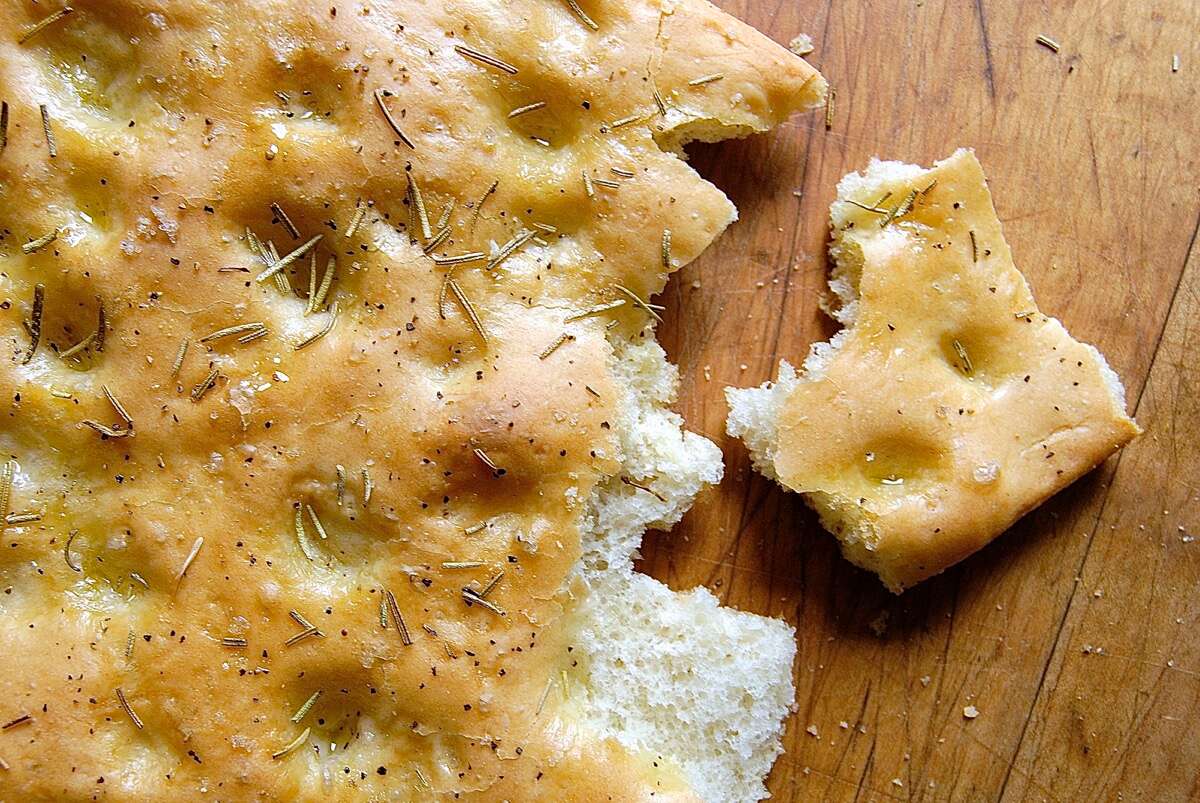
The first step in making focaccia is to make the dough. Use a half-sheet pan and oil it well. Sprinkle the dough with a pinch of salt and rosemary. Then, drizzle on extra virgin olive oil. After half an hour of proving, cover the dough with plastic wrap and place it in a preheated 425 degree oven for 20 minutes. After the bread has risen, slice it and serve warm.
The dough should be mixed well and then be flattened with a stand mixer fitted with a dough hook. This will reduce the number of air bubbles in the dough. Poke holes in the dough as the baking progresses, but not too much, to prevent it from rising too quickly. This also gives it the characteristic flat-baked shape. Adding fresh herbs is a great way to give foccacia a richer taste. Stick rosemary to the dough and mix well.
Baking method

This classic Italian recipe can be made with just a few basic ingredients. It starts by making a dough that’s at least 9 inches across and a quarter inch thick. The dough is then shaped into rough rectangles and spread with about 2/3 cup of golden raisins. Fold one of the rectangles into the center like a letter. It’s time to bake! Bake the foccacia until the crust turns golden, and the dough is tender and risen, 20 to 25 minutes.
Once the dough has doubled in size, turn out the focaccia on to a greased baking stone and transfer to a baking pan or two. Bake the focaccia until it’s light golden brown and firm. You can enjoy it hot or at room temperature. This foccacia freezes well, but it needs to be reheated to 205 degrees before serving. To ensure a fresh, golden finish, slice and serve.
Water absorption
The amount of water absorbed into a piece of Golden Foccacia dough varies, depending on the brand of flour and the weather conditions. The amount of water added to the flour should be incorporated gradually until the dough reaches a soft dough consistency. In order to make the foccacia rise more quickly, bake it in a warm oven. While this method creates a more humid environment, it will also result in a denser and chewier bread.
History of focaccia
The history of focaccia bread goes back to the second century BC. Its name, focaccia, comes from the Greek for ‘hearth bread’ and was originally baked over coals. The basic recipe for focaccia bread was a mixture of coarse flour, olive oil, water and yeast. It was originally eaten as a bread to dip in soups, but its popularity spread quickly through the Italian peninsula.
The history of focaccia bread is complex, with many variations. The name focaccia changed several times until the year 1000AD. In the year 1195AD, a manuscript recorded the use of bread in Molise and Abruzo. The name focaccia changed to pizzo and bizzo. The bread was still a bread, but it had become regional to the region of Naples.

